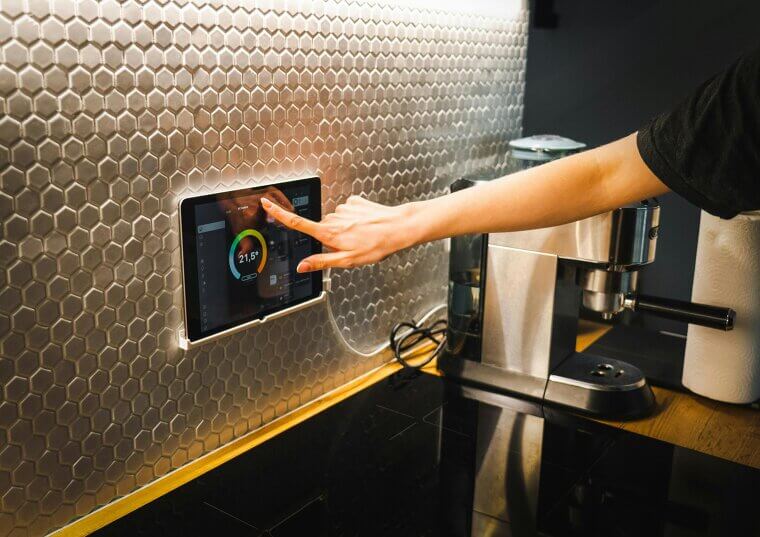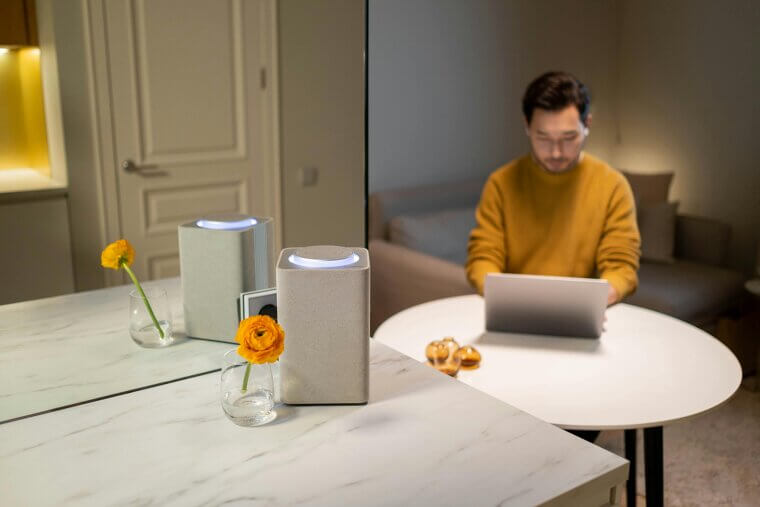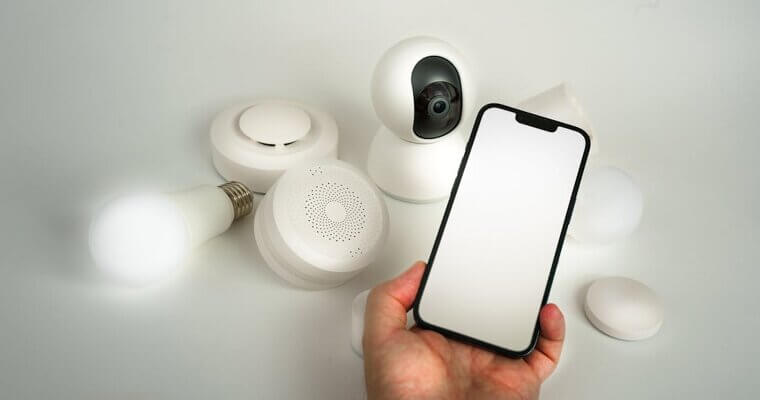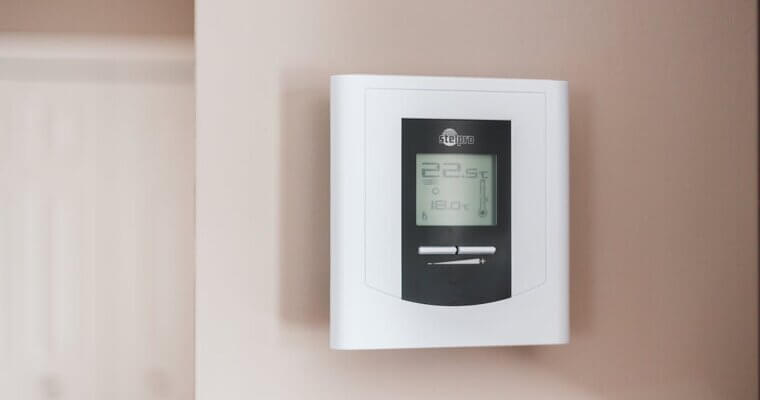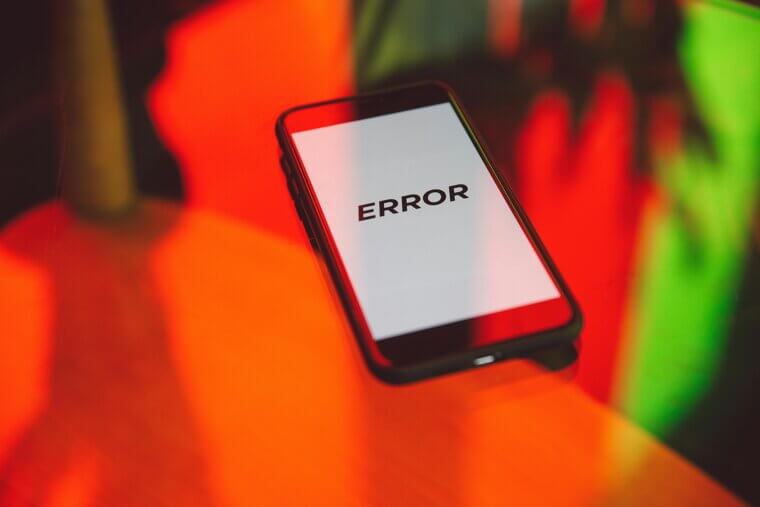Over-Complexity for Simple Tasks
All you wanted to do was just turn on a light. Now you're troubleshooting Bluetooth connectivity, checking if the app updated, wondering why voice commands suddenly stopped working, and questioning every life choice that led to this moment. Smart coffee makers require smartphone apps to brew, and motorized blinds need recalibration every month. How to turn effortless actions into unnecessarily complex digital endeavors, 101.
Privacy and Data-Collection Concerns
Those always-on devices were (are) listening to everything: the fights, the embarrassing songs, and that weird conversation about rashes. Smart TVs know what people binge-watch at 2 AM and are definitely judging them. Video doorbells upload footage to the cloud, creating neighborhood surveillance networks that would make Big Brother tear up. It’s like willingly getting a corporate telescope pointed directly at your life.
Ready to ditch the smart home nightmares? Keep reading… it gets worse.
Ready to ditch the smart home nightmares? Keep reading… it gets worse.
Unexpected Costs and Subscriptions
That Ring doorbell seemed like a steal at $99 until homeowners realized the footage disappears into the digital void without a monthly subscription. Or smart thermostats whispering sweet nothings about energy savings while quietly demanding data-access fees like some kind of HVAC protection racket. Many homeowners realized that even after they had paid for the product, they still had to pay for it. Make it make sense.
Poor Setup, Integration, or Compatibility
Most homeowners learnt (the hard way, unfortunately) that buying seven different smart devices from six different companies is not the way to go. Philips Hue needs seventeen firmware updates. Alexa and Google Home are having a cold war in the living room. The integration is so bad, you sometimes wish it were as simple as just flipping a switch… Oh, the irony.
Dependency on Internet, Cloud, or Power
The greatest trick the tech companies ever pulled was convincing the world that a simple thermostat needed a dedicated server farm on a different continent. The moment your Wi-Fi flickers out, or the manufacturer decides to take their cloud service offline for “maintenance,” your “smart” home immediately reverts to being incredibly stupid. The lights won't turn on, the lock won't open, and that fancy thermometer is as useful as a brick (a brick might actually be more useful).
Shortened Lifespan or Poor Durability
We used to buy an appliance and expect it to last for ten years. Now, that five-thousand-dollar smart fridge will outlive its software support by at least seven years, leaving the expensive touchscreen and connected oven less useful than a box of rocks. The physical build is often made of cheap plastic and lacks the durability of old-school appliances. When the manufacturer pulls the plug on the server, you are left with a $4,000 half-functional, internet-age paperweight.
Feature Fatigue and Over-Notification
Smart homes can turn into notification hellscapes with the constant pinging about doors opening, motion detected, temperature fluctuations, firmware updates available, batteries low, and the list goes on. It isn’t long before most people realize they've replaced simple, reliable switches with overcomplicated nightmares filled with constant notifications. Eventually, it gets to a point where most stop paying attention to them altogether.
Starting to see the pattern? There's more digital disappointment ahead.
Starting to see the pattern? There's more digital disappointment ahead.
Battery, Maintenance, or Upkeep Headaches
Wasn’t the whole point of smart devices and automation to remove chores? Instead, you now have a whole new maddening maintenance tasks that need to be done! Why are the window sensors blinking red again? Which one of the thirty devices needs a firmware update right now? The "set it and forget it" smart lock is blaring angrily because it needs a battery change, and it won’t forget about it for a minute!
Perception Vs Reality of Energy Savings
Smart thermostats promise to slash your energy bills by learning your habits and optimizing climate control with AI magic. HA! Now you're saving maybe $8 monthly while paying $15 in subscription fees and $300 upfront for the device. But at least those app-controlled sprinklers helped you save water (you spent hours programming schedules that you could’ve set with a $12 timer). In the end, homeowners realize the biggest savings would've come from just... getting off their feet and doing what needs to be done.
Just a couple more reality checks before you make any regrettable purchases.
Just a couple more reality checks before you make any regrettable purchases.
Security Vulnerabilities and Obsolescence
Getting a smart lock seemed like the right thing to do until homeowners learned that any teenager with a laptop and a YouTube tutorial could hack it faster than you can say "cybersecurity." And those fancy security cameras you swear by? After three years, the manufacturer will likely move on to the next big thing, completely abandoning security updates for your model.

